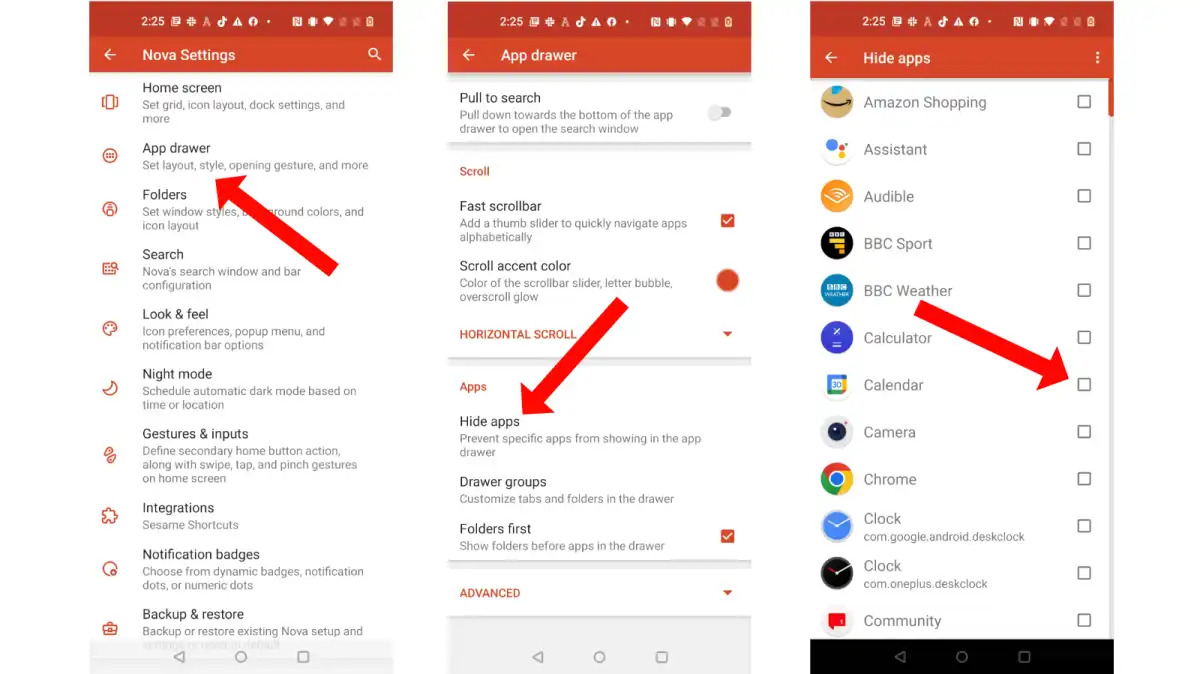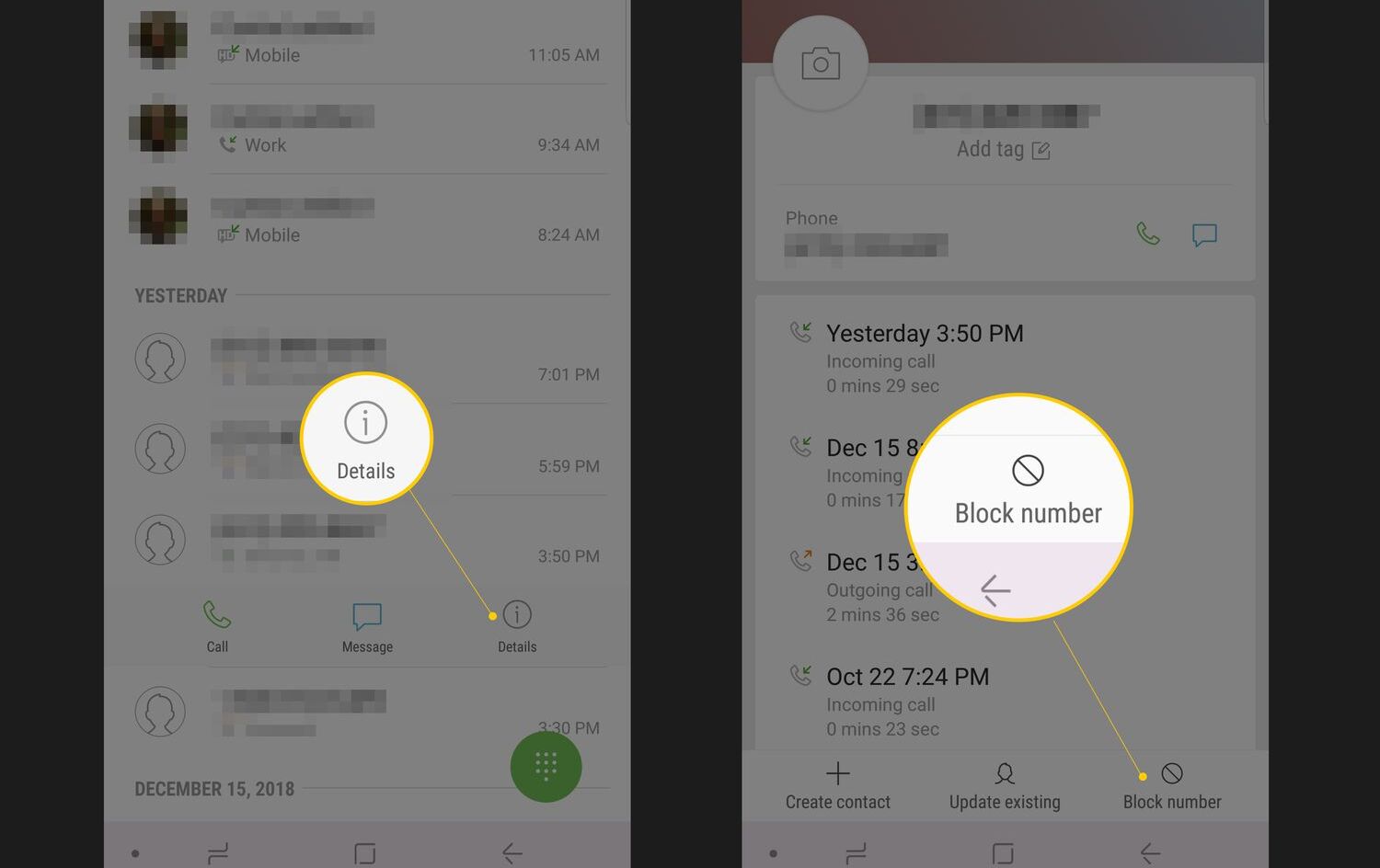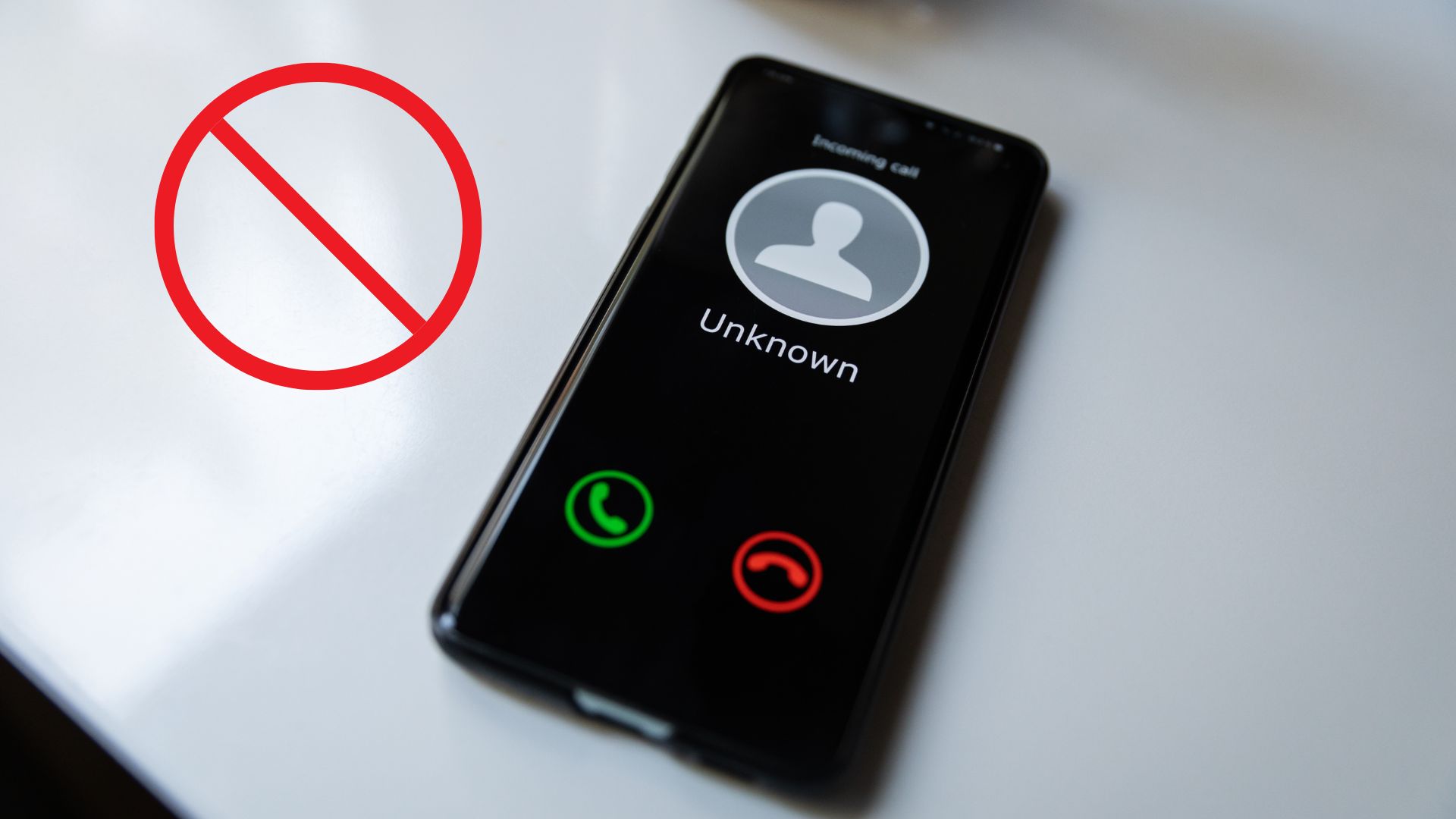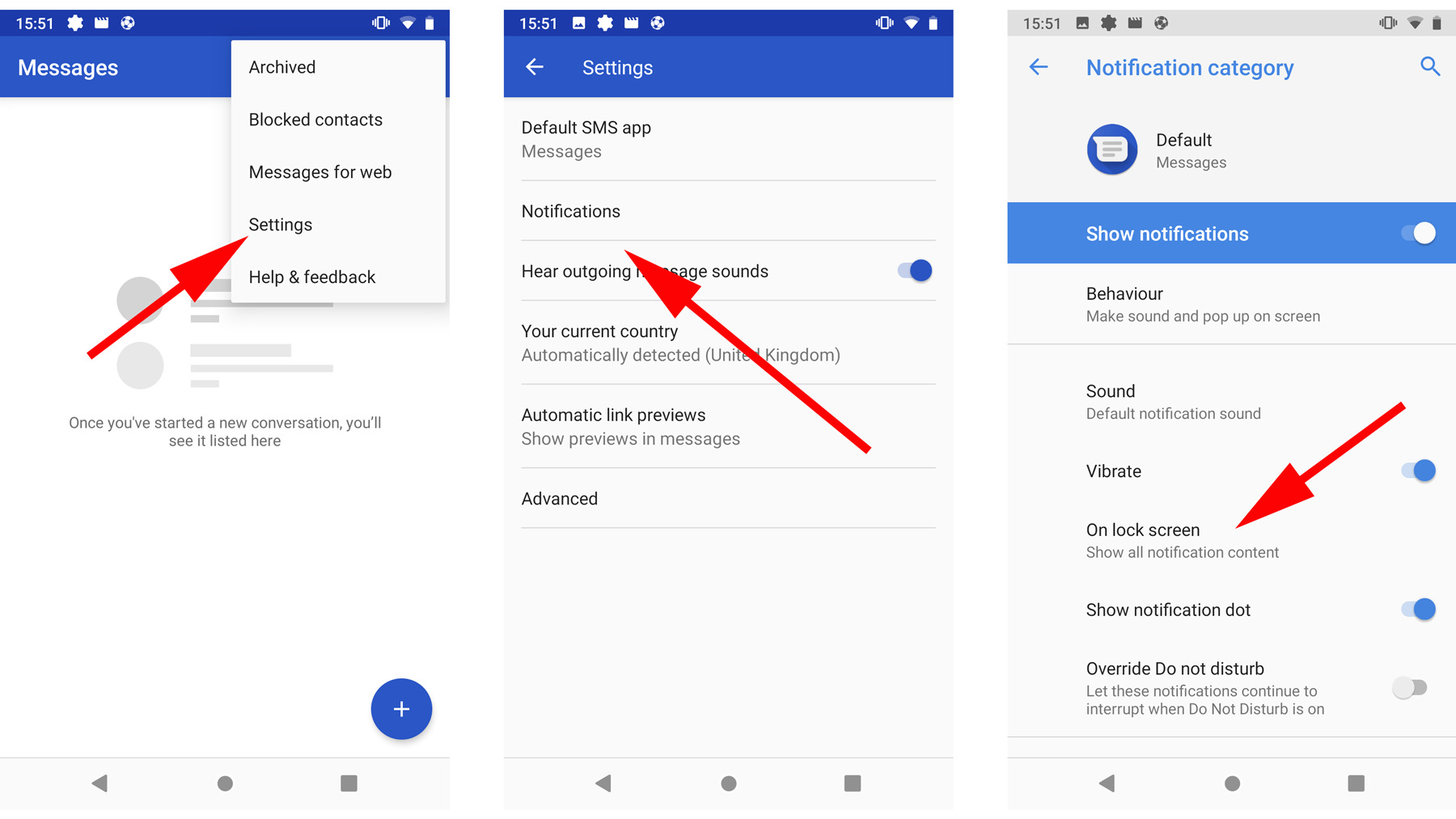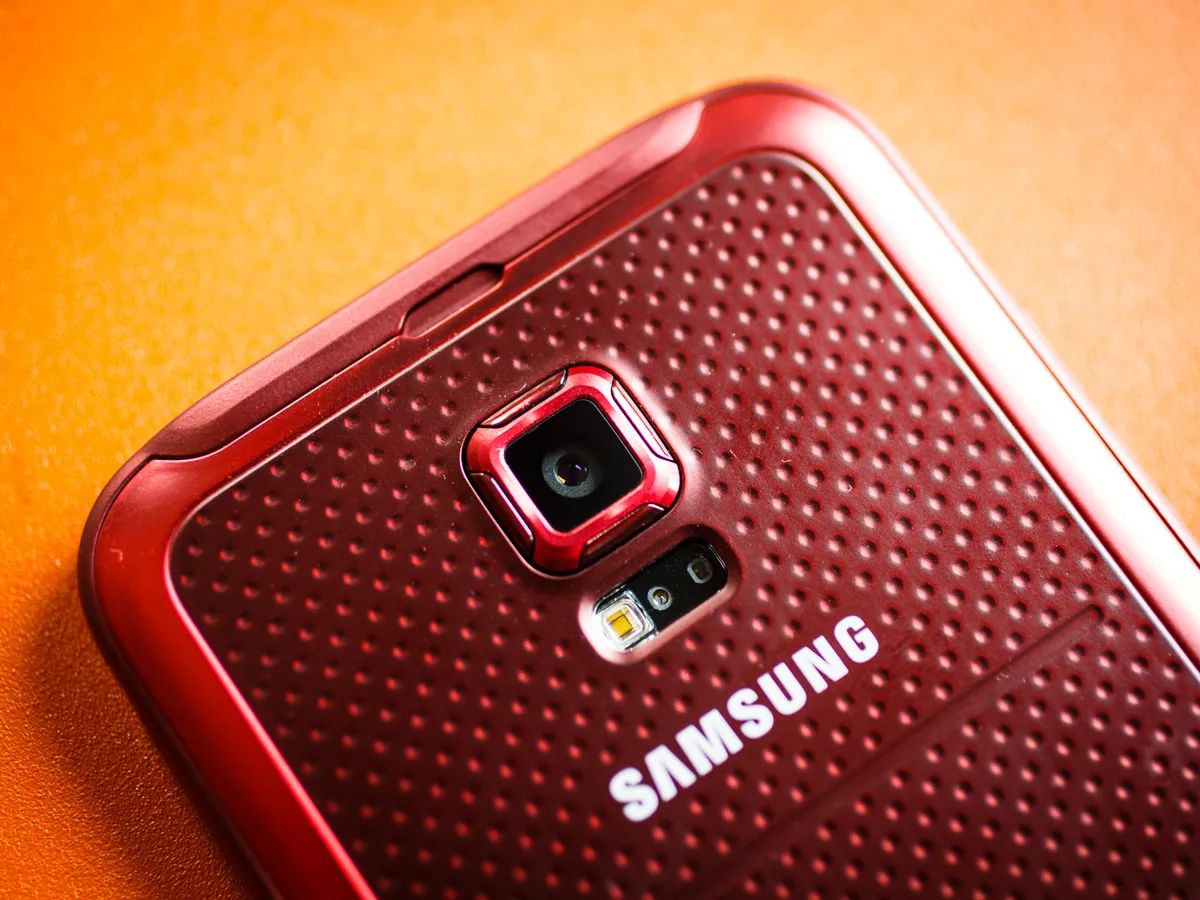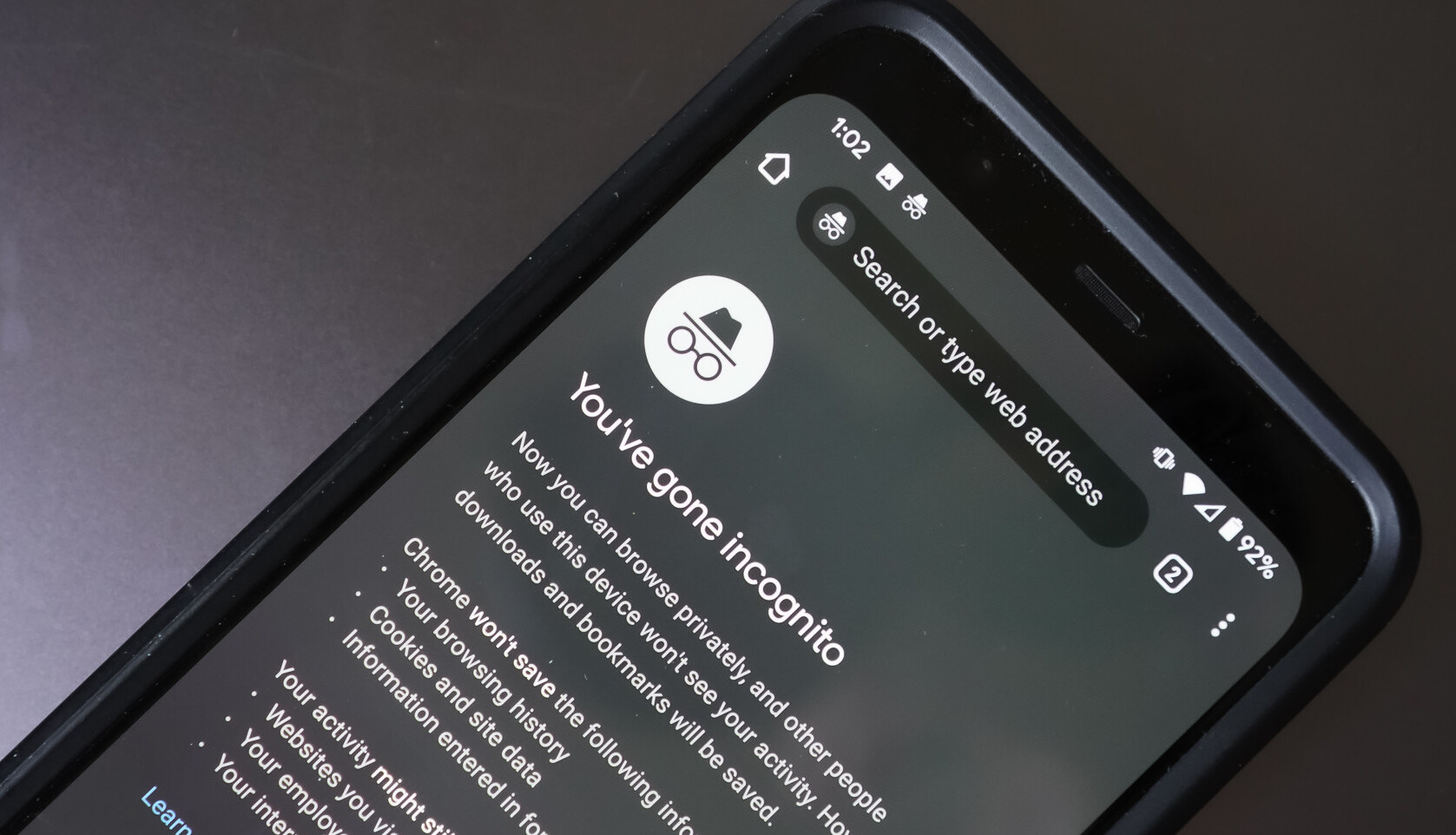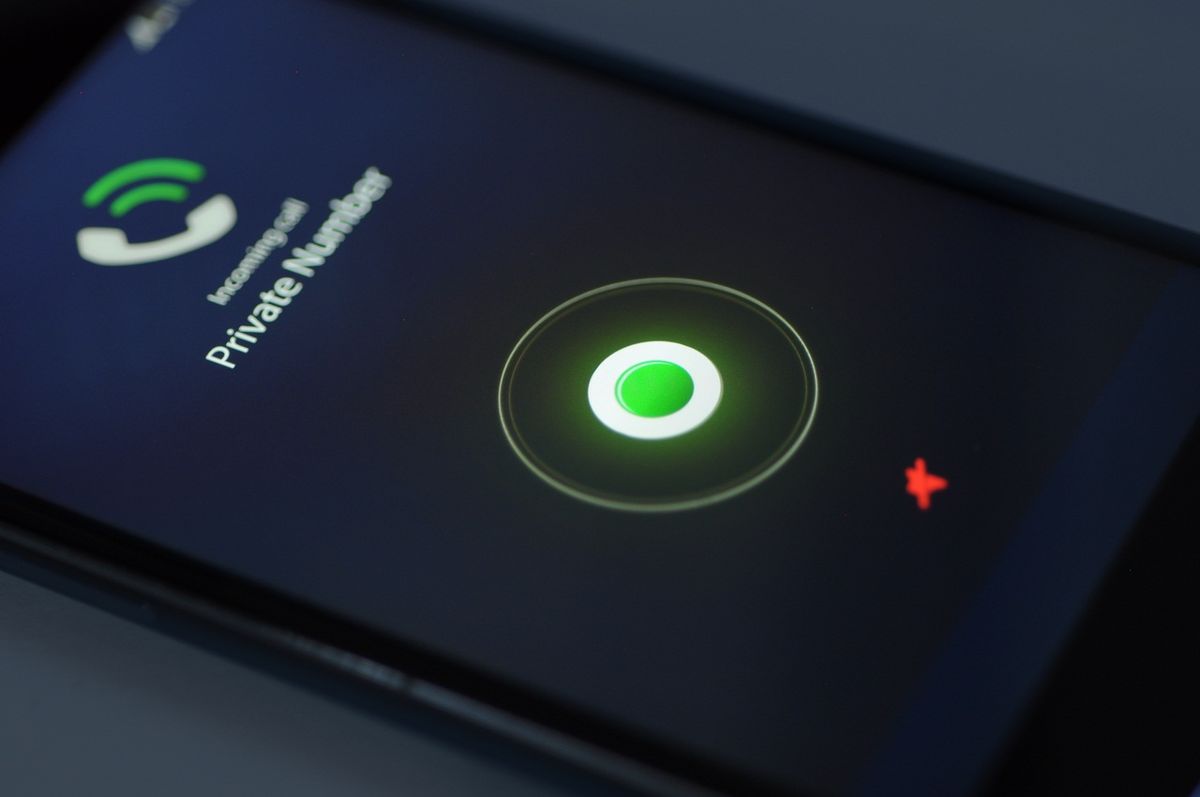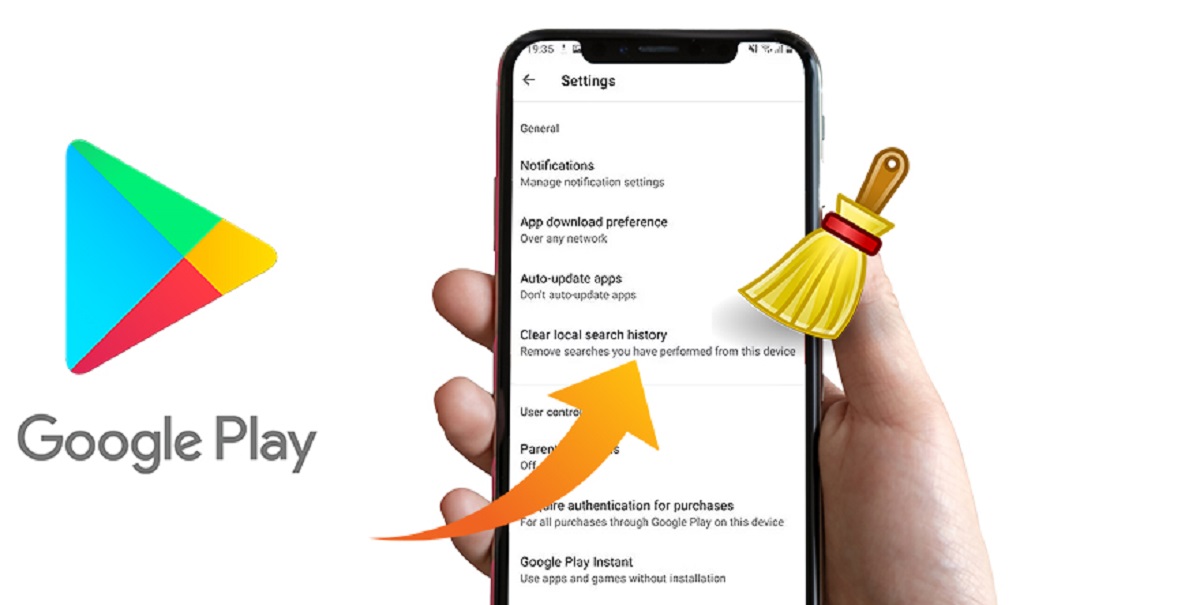Introduction
Android devices have become an integral part of our lives, serving multiple purposes from communication and entertainment to productivity. With a vast array of apps available on the Google Play Store, it’s no surprise that many users want to keep certain apps hidden from prying eyes. Whether it’s to maintain privacy, prevent others from accessing sensitive information, or simply to declutter their app drawer, the need to hide apps on Android has become increasingly common.
Fortunately, there are several methods available that allow Android users to hide apps effortlessly. From built-in features on certain devices to third-party apps, you have multiple options to choose from based on your preferences and device model. In this article, we will explore various methods to hide apps on Android, ensuring that your personal information remains private and secure.
In this ever-connected digital age, the need for privacy and security has become paramount. By hiding apps on your Android device, you can have peace of mind knowing that your sensitive information is protected. Whether it’s hiding social media apps, banking applications, or any other app you deem personal, these methods will give you the control you need over your digital space.
Now, let’s dive into the different methods you can use to hide apps on Android.
Why Hide Apps on Android?
There are several reasons why individuals may choose to hide apps on their Android devices. Here are some of the common reasons:
Privacy: Privacy is a significant concern for many users. Hiding apps can provide an added layer of privacy, especially for applications that contain personal or sensitive information. By keeping these apps hidden, you can prevent unauthorized access and protect your privacy.
Sensitive Information: Certain apps, such as banking or financial applications, contain sensitive information like account details, transaction history, and personal data. Hiding these apps can help mitigate the risk of someone gaining unauthorized access to this sensitive information.
Childproofing: If you share your Android device with children, you may want to hide certain apps to ensure they don’t access inappropriate content or make unauthorized purchases. Hiding these apps can help childproof your device and provide a more secure environment for young users.
Organizational Purposes: The sheer number of apps available on the Google Play Store can clutter your app drawer and make it difficult to locate the apps you use frequently. Hiding apps can help declutter your device and make it more organized, allowing you to find your apps quickly and easily.
Productivity: By hiding unnecessary or distracting apps, you can create a more focused and productive environment. This can be particularly helpful for individuals who struggle with distractions and want to optimize their device’s functionality for work or study purposes.
Personal Preferences: Ultimately, everyone has their own personal preferences when it comes to organizing their Android device. Hiding apps allows you to customize your device to your liking, creating a personalized user experience.
Regardless of your reasons, hiding apps on your Android device provides you with more control over your digital space and allows you to tailor your device to suit your needs and preferences.
Now that we understand the motivations behind hiding apps on Android, let’s explore the various methods you can use to achieve this.
Method 1: Using the App Drawer
One of the simplest and most common methods to hide apps on Android is by utilizing the built-in app drawer feature. The app drawer is where all your installed apps are listed, providing easy access to them. Here’s how you can hide apps using the app drawer:
1. Open the app drawer on your Android device by tapping on the app icon usually located at the center or bottom of your home screen.
2. Look for the app you want to hide and press and hold on its icon.
3. After holding the icon for a few seconds, you will see options appear at the top or bottom of the screen.
4. Drag the app icon to the “Hide” or “Uninstall” option, depending on your device’s manufacturer.
5. Once you release the app icon over the “Hide” option, the app will be removed from the app drawer and will no longer be visible. However, note that the app is not completely uninstalled from your device; it is simply hidden from the app drawer.
If you ever need to access the hidden app again, you can simply search for it in your device’s settings or use the search function within the app drawer.
This method allows you to hide apps without the need for any additional third-party apps or complex procedures. It offers a quick and straightforward way to keep certain apps out of sight, providing a clean and organized app drawer.
Now that we have covered the app drawer method, let’s move on to another approach: using the hide app feature available on certain Android devices.
Method 2: Using the Hide App Feature (Samsung Devices)
If you are using a Samsung device, you have the advantage of accessing a built-in feature called “Hide App.” This feature allows you to hide apps directly from the app drawer without the need for any additional applications. Follow these steps to utilize the Hide App feature:
1. Open the app drawer on your Samsung device by tapping on the app icon usually located at the center or bottom of your home screen.
2. Now, tap on the three-dot menu icon located at the top right corner of the app drawer to access the options menu.
3. From the options menu, select the “Home screen settings” or “Settings” option. The exact name may vary depending on your device model and Android version.
4. Look for the “Hide apps” or “App screen grid” option and tap on it.
5. You will now see a list of all the installed apps on your device.
6. Select the apps you want to hide by tapping on the checkboxes next to their names. You can select multiple apps at once.
7. Once you have selected the apps you want to hide, tap on the “Apply” or “Done” button to confirm the changes.
8. The selected apps will now be hidden from the app drawer and no longer visible on your home screen. However, they are still installed on your device and can be accessed through the search function or settings.
This convenient feature offered on Samsung devices allows you to hide apps without the need for any third-party apps or complicated procedures. It provides a seamless and integrated way to keep certain apps private and out of sight.
Now that we have explored the Hide App feature on Samsung devices, let’s move on to another method: using third-party apps to hide apps on any Android device.
Method 3: Using Third-Party Apps
If you are unable to find a built-in option to hide apps on your Android device or if you prefer more customization and control over app hiding, you can turn to third-party apps specifically designed for this purpose. These apps offer a wide range of features and settings to hide apps securely. Here’s how you can use third-party apps to hide apps on any Android device:
1. Open the Google Play Store on your Android device and search for “app hider” or “hide apps.”
2. Choose a reputable app hider app from the search results and install it on your device.
3. Once the app hider app is installed, open it and follow the on-screen instructions to set it up.
4. After setting up the app hider, you will usually be able to add the apps you want to hide to a protected or private space within the app. This space acts as a secure container where the hidden apps are stored.
5. Select the apps you want to hide and add them to the protected space. This will move the apps to the app hider app, making them invisible in the app drawer and on your home screen.
6. Some app hider apps may also offer additional features such as app lock, fake calculator vault, or disguise mode to provide an extra layer of security.
7. To access the hidden apps, open the app hider app and enter the required PIN, password, or pattern to unlock the protected space.
By using third-party app hiders, you can hide apps on any Android device and have more control over your app privacy. These apps often provide advanced security features, ensuring that your hidden apps remain secure and inaccessible to others.
Now that we have covered the method of using third-party apps, let’s explore another simple technique: renaming apps to hide them on your Android device.
Method 4: Renaming Apps
If you prefer a low-tech yet effective method to hide apps on your Android device, you can simply rename the apps to make them less noticeable. By renaming apps, you can disguise them as something else, making it less likely for others to discover them. Here’s how you can rename apps to hide them on your Android device:
1. Locate the app icon on your home screen or app drawer that you want to hide.
2. Press and hold on the app icon until a pop-up menu appears.
3. Select the “Rename” or “Edit” option from the pop-up menu.
4. A text box will appear, allowing you to edit the name of the app.
5. Enter a new name for the app that is inconspicuous and doesn’t draw attention. For example, you can rename a social media app to “Calculator” or a game app to “Settings.”
6. Once you have entered the new name, tap anywhere outside the text box to save the changes.
The app will now be renamed with the new name you have chosen. It will appear on your home screen or app drawer with the new name, making it less likely for others to notice or access the app.
Note that this method only changes the name of the app and not its functionality. When you open the renamed app, it will still function as it did before.
Renaming apps is a simple, no-frills method to hide apps on your Android device. It requires no additional apps or complicated procedures, making it accessible to all Android users.
Now that we have explored the method of renaming apps, let’s move on to another technique: using guest mode to hide apps on your Android device.
Method 5: Using Guest Mode
If you want to hide your apps while still allowing others to use your Android device, utilizing the guest mode feature can be an effective solution. Guest mode creates a separate user profile with limited access, keeping your apps hidden and secure. Here’s how you can use guest mode to hide apps on your Android device:
1. Swipe down from the top of your screen to open the notification shade, then swipe down again to access the quick settings panel.
2. Look for the user profile icon among the quick settings icons. It may appear as a silhouette or an icon with multiple user heads.
3. Tap on the user profile icon to expand the options.
4. Tap on the “Add guest” or “Guest mode” option. This will create a guest user profile on your device.
5. Switch to the guest profile by tapping on the newly created guest user.
6. You will now be in guest mode, which is a separate user profile with limited access to your apps and data.
7. In the guest mode, only the default apps and a few essential system apps will be visible. Your personal apps will be hidden from the guest user.
8. To exit the guest mode, open the notification shade, tap on the user profile icon, and select your regular user profile to return to your main account.
Guest mode provides an effective way to hide your personal apps without completely restricting access to your device. It allows others to use your Android device while keeping your apps and sensitive information private and secure.
Now that we have covered the method of using guest mode, you are equipped with several techniques to hide apps on your Android device. Choose the method that suits your preferences and requirements, ensuring the privacy and security of your personal information.
Conclusion
Protecting your privacy and keeping your personal information secure is essential in today’s digital world. Hiding apps on your Android device can provide an added layer of privacy, prevent unauthorized access, and help you maintain an organized app drawer. In this article, we explored five different methods to hide apps on Android.
First, we learned about using the app drawer to simply hide apps by dragging them to the “Hide” or “Uninstall” option. This method is quick and easy, requiring no additional apps or complex procedures.
Next, for Samsung device users, we explored the built-in Hide App feature. This convenient option allows you to hide apps directly from the app drawer, keeping them out of sight without the need for external applications.
We then discussed using third-party apps designed specifically for hiding apps. These apps offer additional features and customization options, providing more control over app privacy and security.
Another method we explored was renaming apps. By giving apps inconspicuous names, you can make them blend in with other apps, making it less likely for others to notice or access them.
Lastly, we looked at using guest mode, which creates a separate user profile with limited access. This method is suitable for hiding apps while allowing others to use your Android device.
With these various methods at your disposal, you can choose the one that best suits your needs and preferences. Whether it’s maintaining privacy, organizing your app drawer, or protecting sensitive information, hiding apps on your Android device gives you control over your digital space.
Remember to consider the specific features of your device and Android version when implementing these methods, as they may vary slightly depending on your device manufacturer and software version.
By utilizing these methods to hide apps on Android, you can ensure the privacy and security of your personal information while maintaining a seamless and organized user experience.







